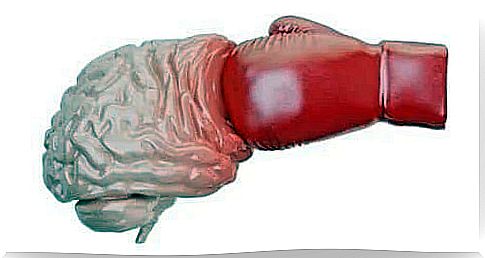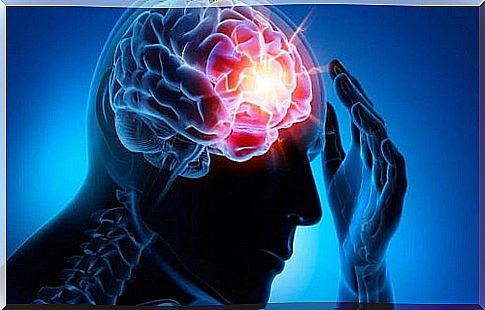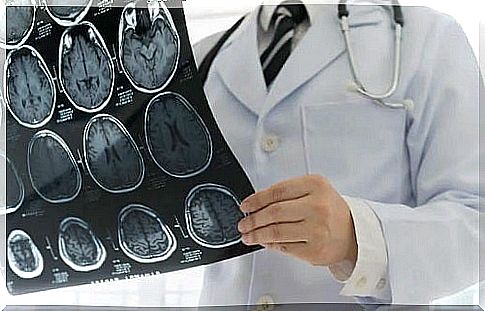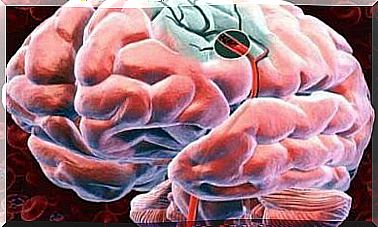What Are Traumatic Brain Injuries?

Brain injury affects both the skull and the brain. In addition, traumatic brain damage can alter brain function without any external signs of damage.
Brain injuries are caused by an impact with an object: either by a blow or by an object that pierces the skull and damages the brain tissue. In addition, brain damage can occur even without direct blows. For example, sudden or violent movements, such as acceleration or deceleration, can cause the brain to hit the skull, leading to hematomas or other more serious problems.
Traumatic brain injury is the third leading cause of death in developed countries. In fact, it is the leading cause of death and disability in adults under 45. The main culprits of head injuries are car accidents, falls and fights.
Young men are most at risk because of the relationship between brain damage and substance abuse, such as alcohol or illegal drugs. In this article, we will present the causes and symptoms caused by traumatic brain injuries.
Traumatic brain injury: common causes and symptoms

In this case, the symptoms mentioned above can occur and become even more complicated. Loss of consciousness can last longer, headaches can become persistent and more intense and vomiting repeated. In addition, people with moderate to severe brain damage may experience seizures, pupil dilation, and loss of coordination.
Disorientation is a serious symptom. It is also important to remember that at this level of brain damage, the affected person could go into a coma.
What are the possible secondary injuries?
Head injuries can cause a wide range of secondary injuries. First, there may be a superficial or open wound, depending on the degree of damage to the skull.
There may be bone fractures of the skull, but it should be noted that even if they do not exist, brain damage should not be ruled out. If there are fractures, visible signs often appear, such as bruising around the eyes and bleeding from the ears or nose.
There may also be bleeding in the brain. Bleeding may be intracerebral or may occur in the epidural or subdural space. Any type of brain bleeding can cause more serious neurological damage, such as paralysis, paresis, speech disorders and so on.
In other cases, head trauma can lead to diffuse axonal damage , damaging important neuronal axons. The damage is long lasting, often irreversible.

Traumatic brain injuries
Doctors will determine the course of treatment depending on how serious the injury is. If it is mild, the patient should rest, be observed, and receive pain medication. In high-risk cases, it is extremely important for the doctor to monitor the patient’s blood pressure and ventilation.
Severe cases should be treated at the hospital. There, doctors can perform necessary tests, such as x-rays or CT scans to locate the bleeding or other lesions. In addition, medical staff may administer medications to reduce intracranial tension and the risk of seizures.
In some cases, surgery may be needed to remove the bruises, stop the bleeding, or repair the skull fractures.
Conclusion
Traumatic brain injuries are serious and can be life-threatening. Therefore, it is important to take proper precautions to protect yourself from head injuries. One way to do this is to drive carefully and never under the influence of drugs or alcohol. It is equally important to always wear a helmet when riding a bicycle or motorcycle. He also wears his seat belt correctly.
If you have any type of head injury, seek medical attention. Doctors can perform appropriate tests to assess the degree of injury, avoiding potentially more serious or long-term complications.









